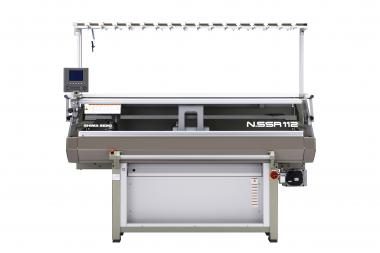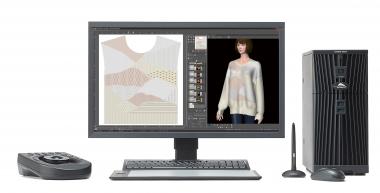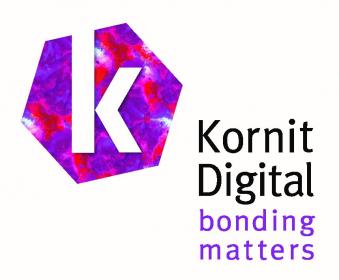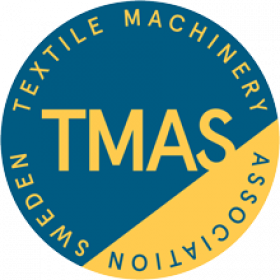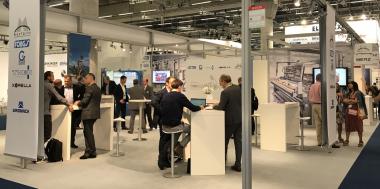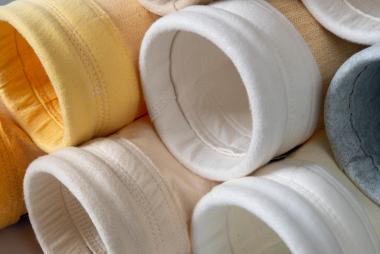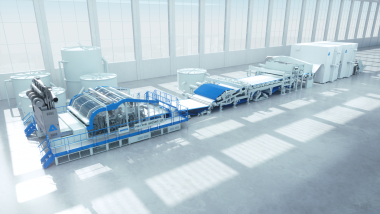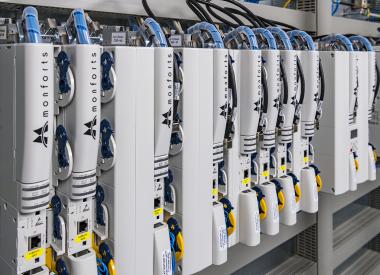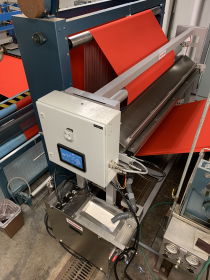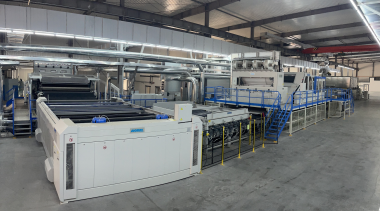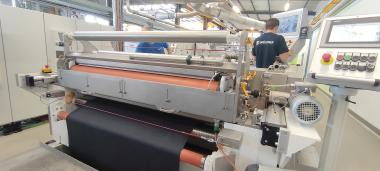SHIMA SEIKI to Exhibit at CAITME 2022
Leading computerized knitting machine manufacturer SHIMA SEIKI MFG., LTD. of Wakayama, Japan, together with its Turkish sales representative TETAS A.S., will participate in the CAITME 2022 Central Asian International Textile Machinery Exhibition in Tashkent, Uzbekistan next month.
This is the first time SHIMA SEIKI products are shown at the exhibition. Uzbekistan has been keen to convert its industry from raw material supplier to garment exporter, and therefore its market offers new opportunities for development and implementation of new technology.
To that end, SHIMA SEIKI will exhibit its WHOLEGARMENT® knitting technology that can knit an entire garment and requires no post-process sewing. On display will be the MACH2VS WHOLEGARMENT® knitting machine. The flexible and versatile MACH2VS is capable of knitting a range of production styles. As a conventional shaping machine, it is capable of all-needle knitting in its available range of 8 to 18 gauge, while WHOLEGARMENT® knitwear can be produced in half-gauge fabrics. The range of usable yarn and material has increased as well, thanks to i-DSCS+DTC® as standard equipment. The R2CARRIAGE® system that yields quicker carriage returns for greater efficiency, now features a lighter carriage for even higher productivity. MACH2VS is even capable of gaugeless knitting whereby a number of different gauges can be knit into a single garment.
Meanwhile the N.SSR112 computerized flat knitting machine offers leading technology in an economical yet reliable package. Featuring industry-leading innovations such as the R2CARRIAGE®, spring-type moveable sinker, DSCS® Digital Stitch Control System, stitch presser and takedown comb, Made-in-Japan quality, reliability, productivity, user-friendliness and cost-performance combine to satisfy the high expectations of the world's fashion industry.
Demonstrations will be performed on SHIMA SEIKI's SDS®-ONE APEX4 design system. At the core of the company’s "Total Fashion System" concept, SDS®-ONE APEX4 provides comprehensive support throughout the production supply chain, integrating production into one smooth and efficient workflow from yarn development, product planning and design, to production and even sales promotion. Especially effective is the way SDS®-ONE APEX4 improves on the design evaluation process with its ultra-realistic simulation capability, whereby virtual samples replace physical sampling, consequently reducing time, cost and material that otherwise go to waste. Digital prototyping using virtual samples on SDS®-ONE APEX4 help to digitally transform the fashion supply chain for realizing sustainable manufacturing
Shima Seiki


